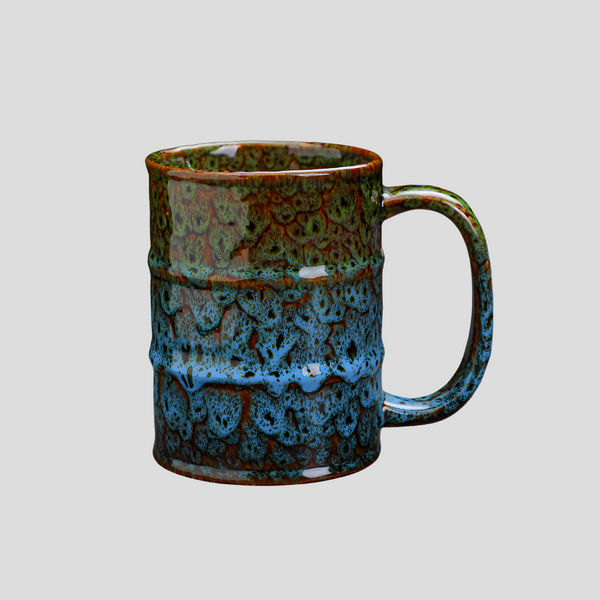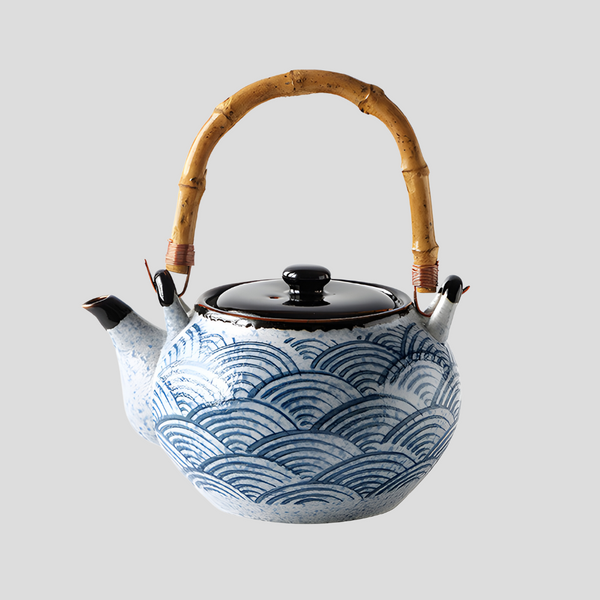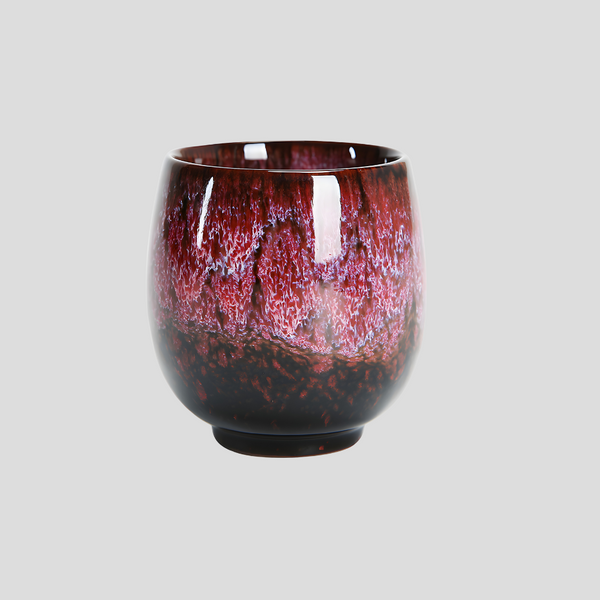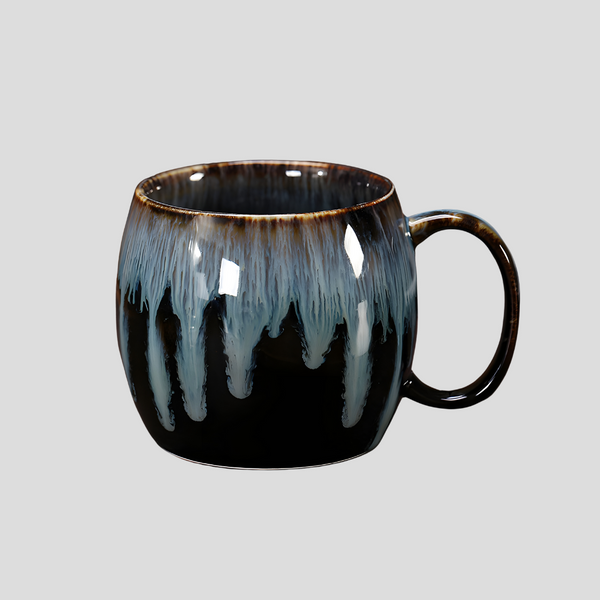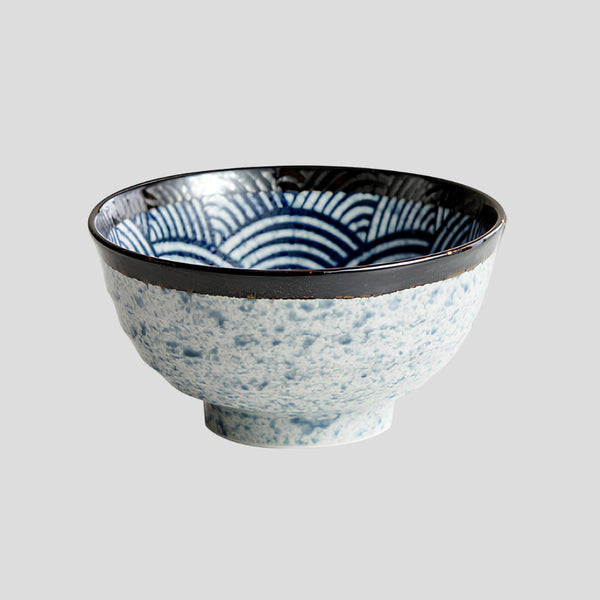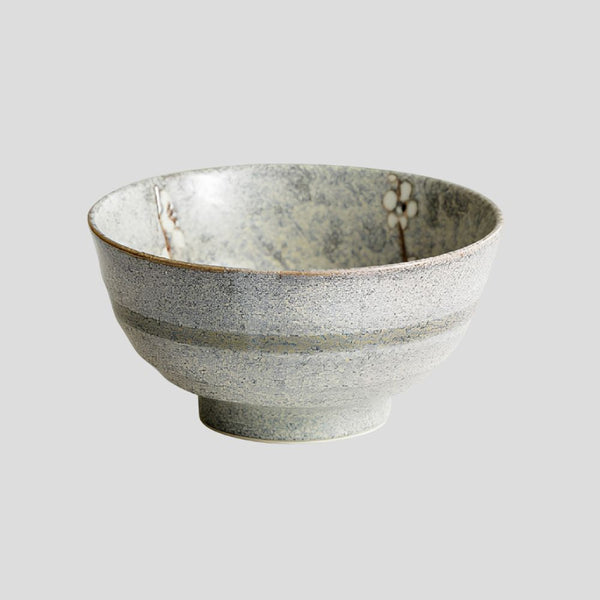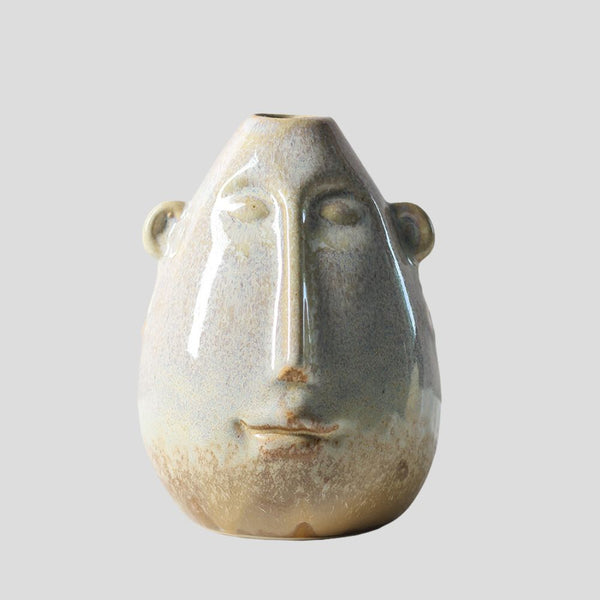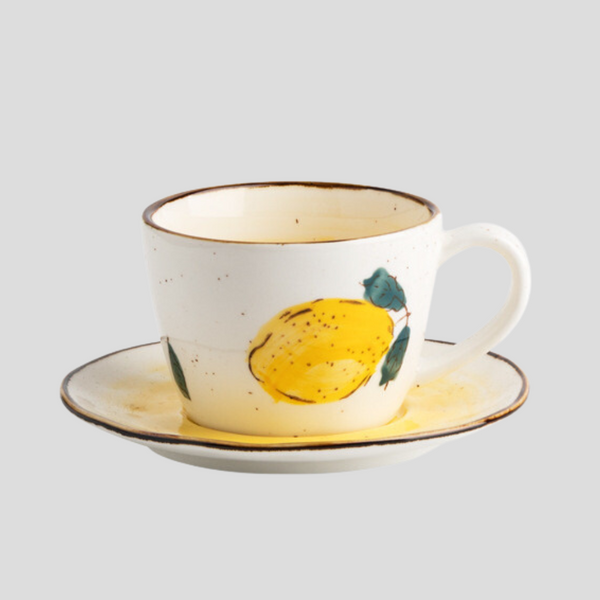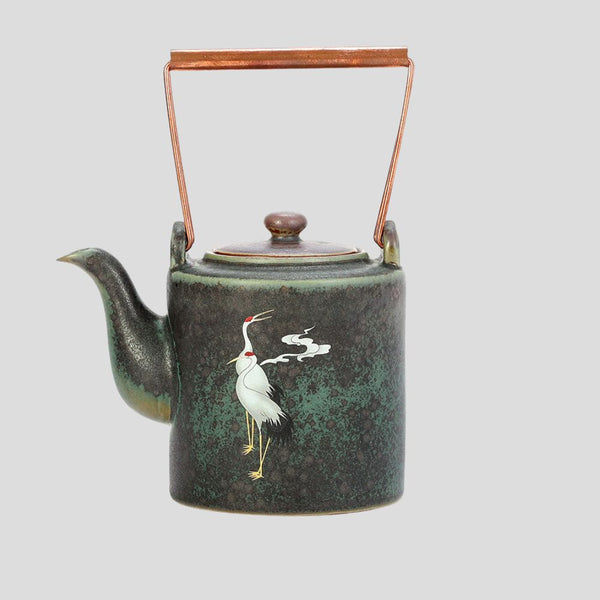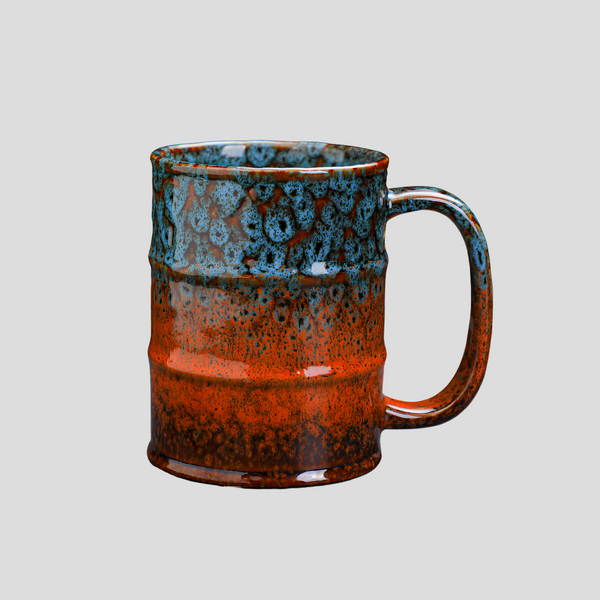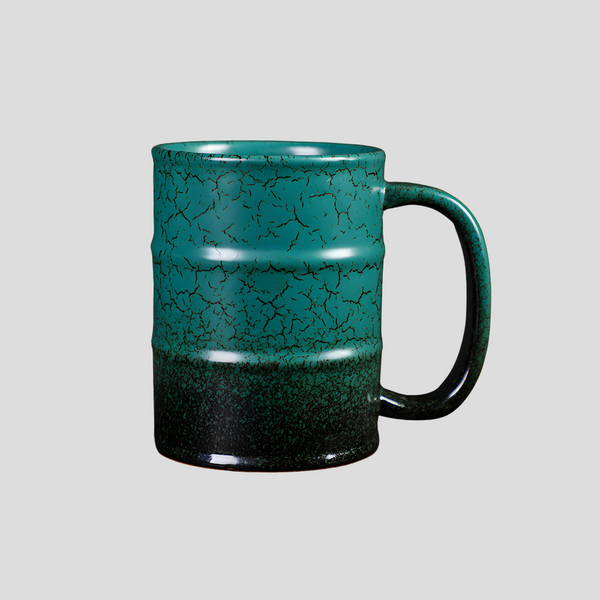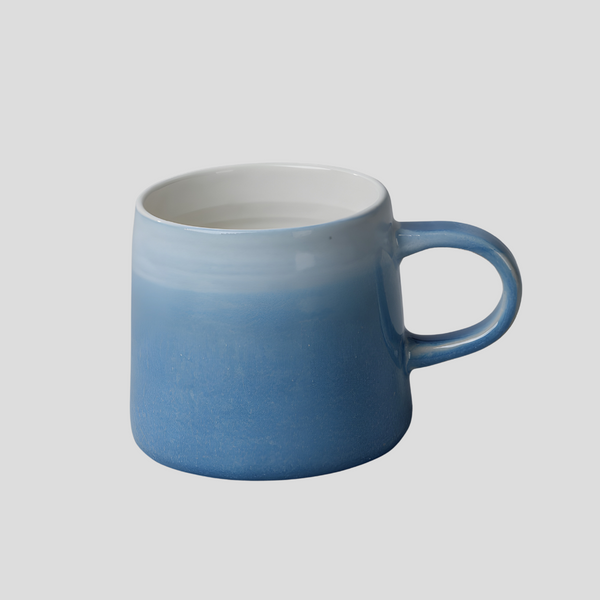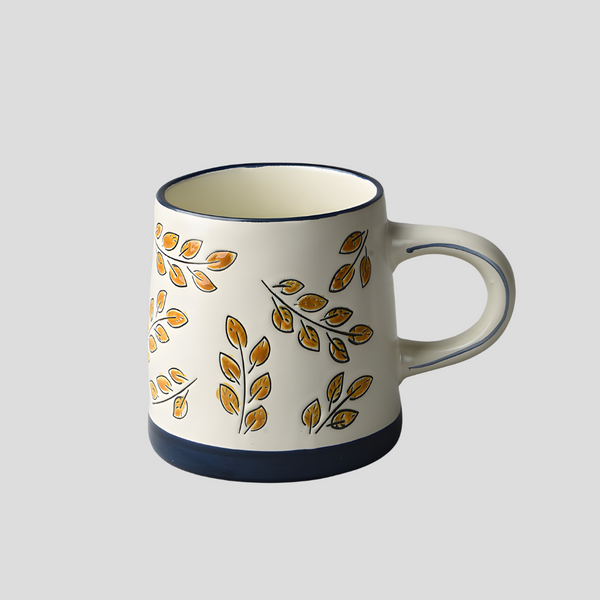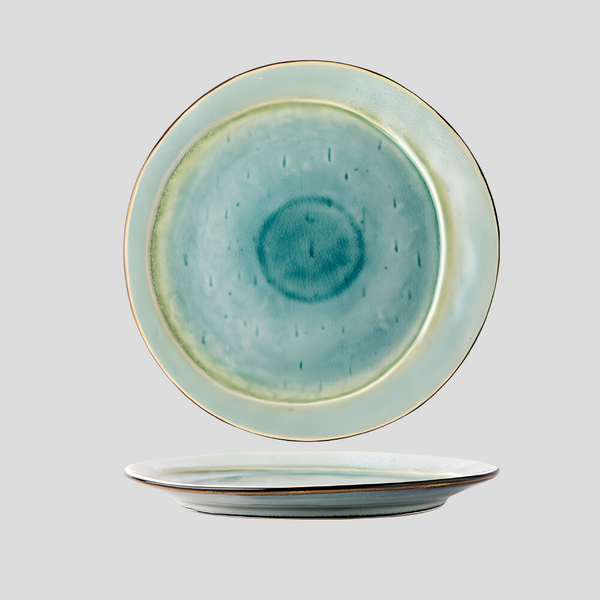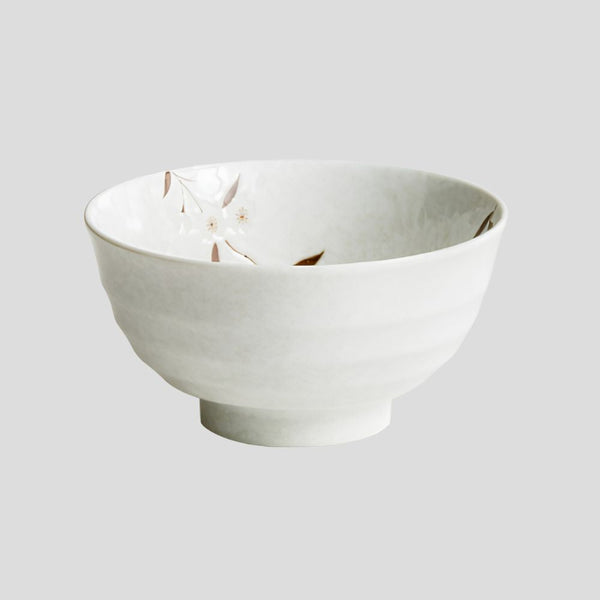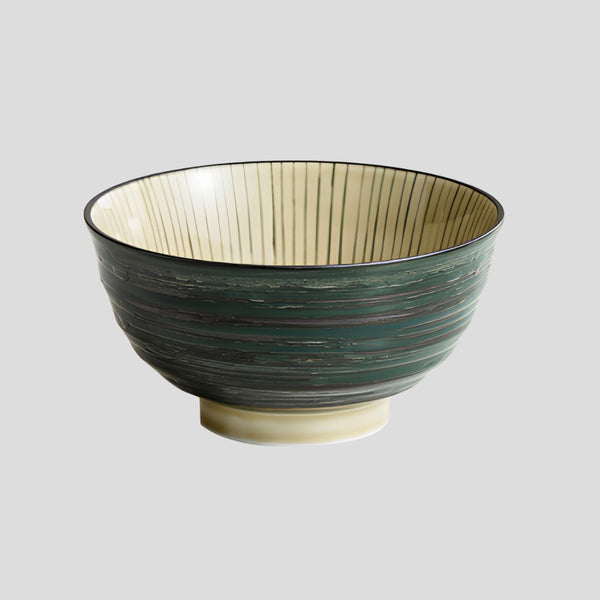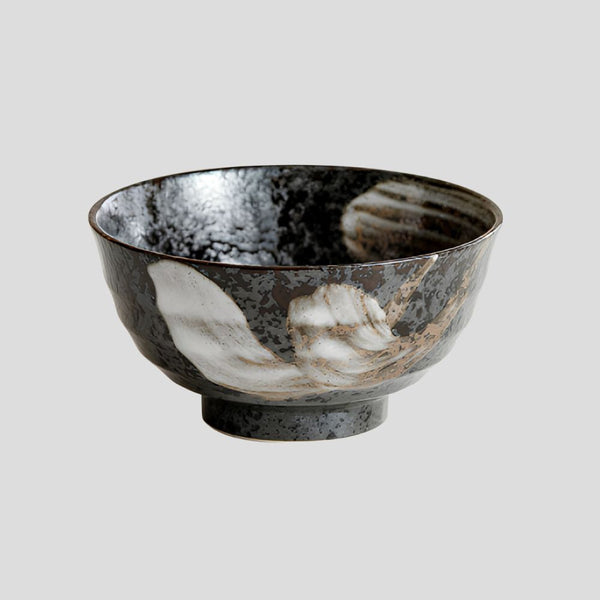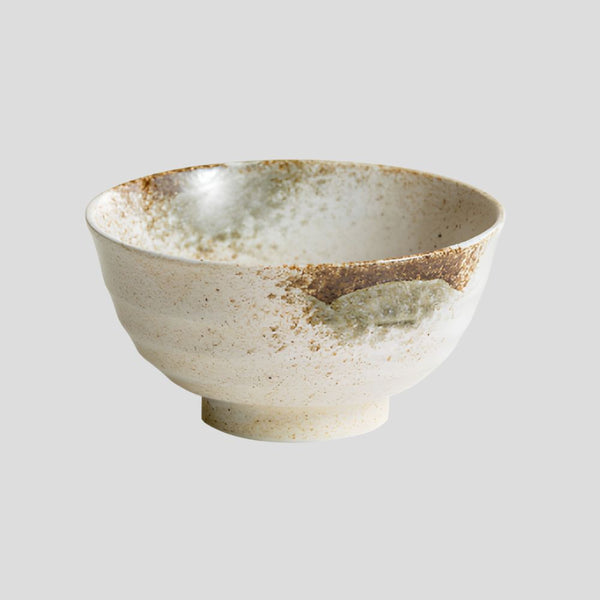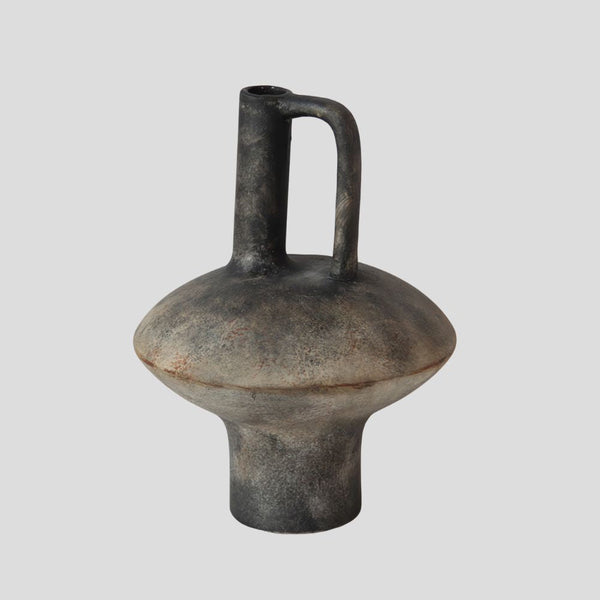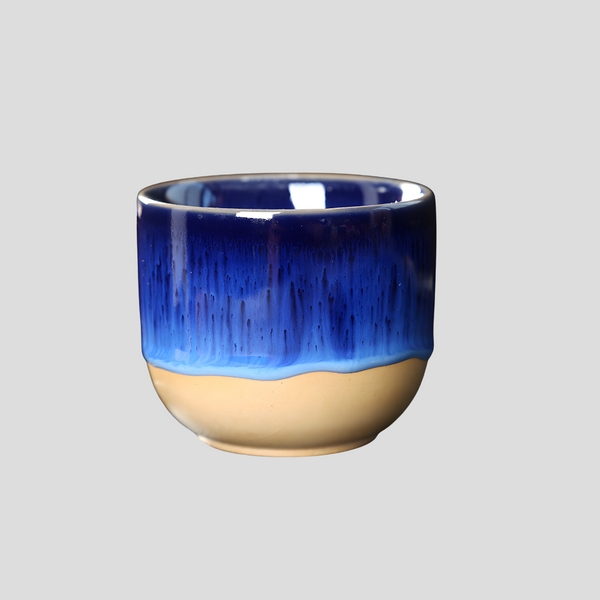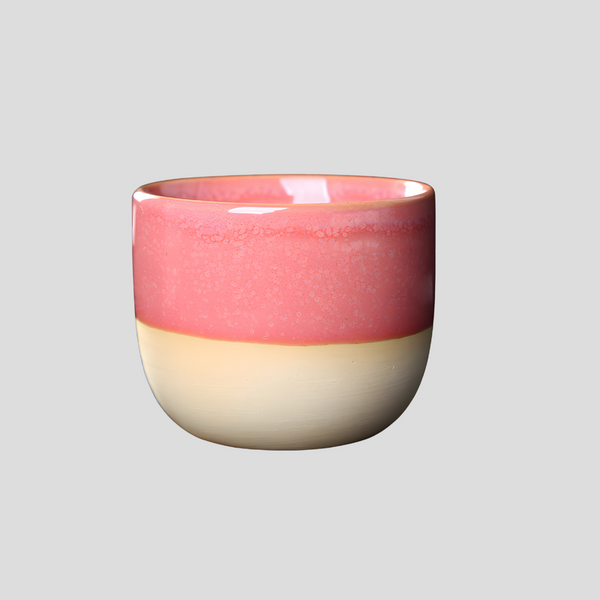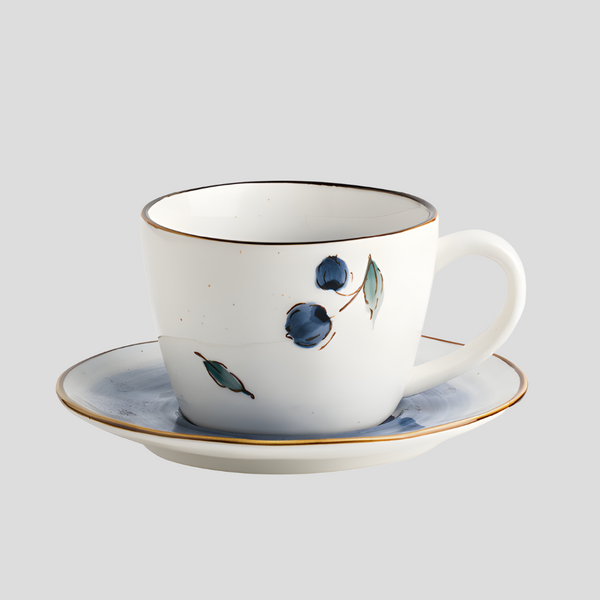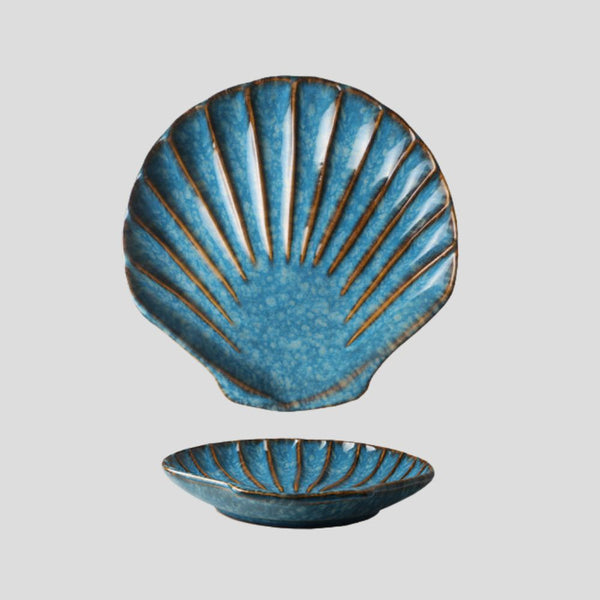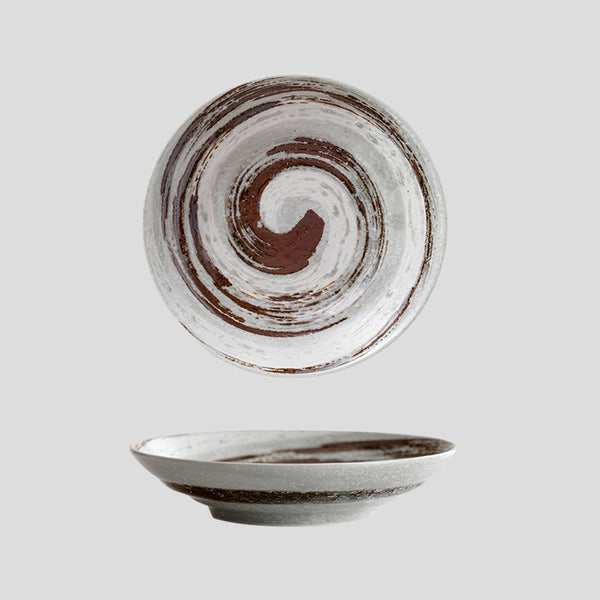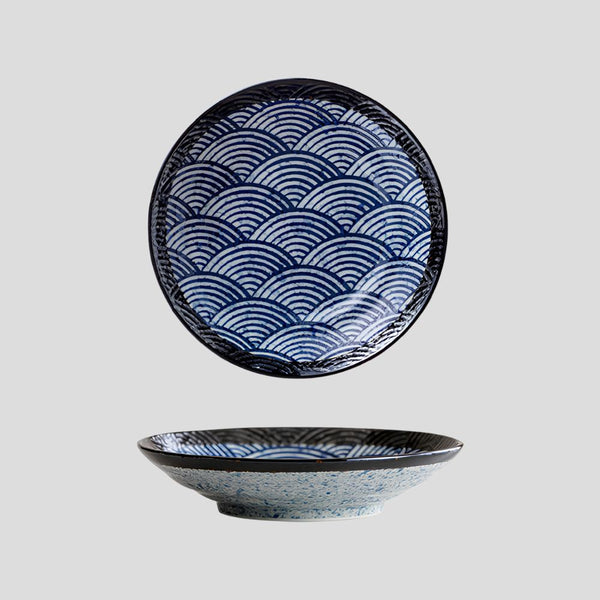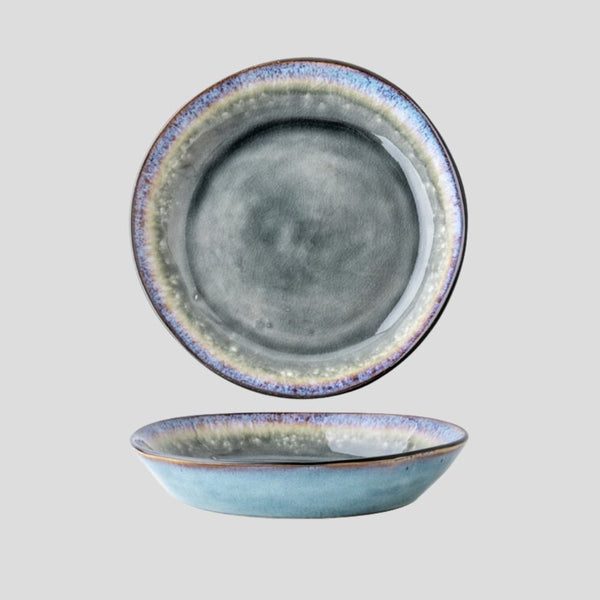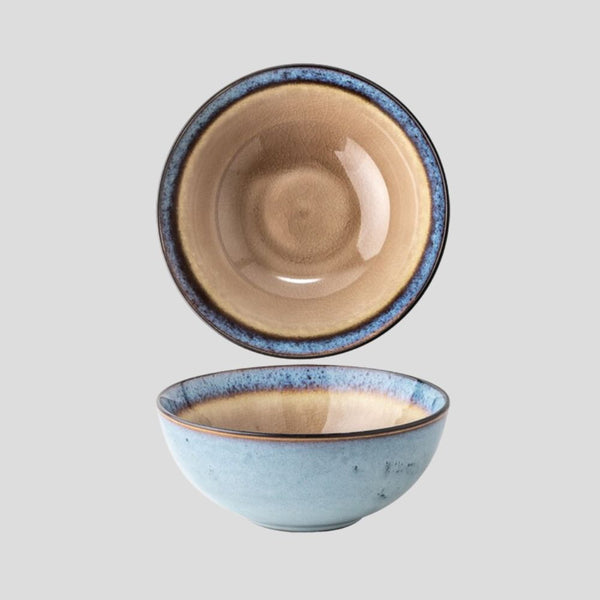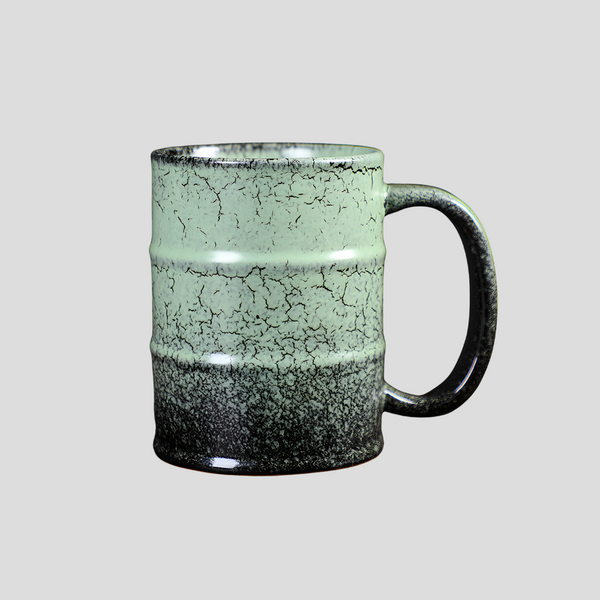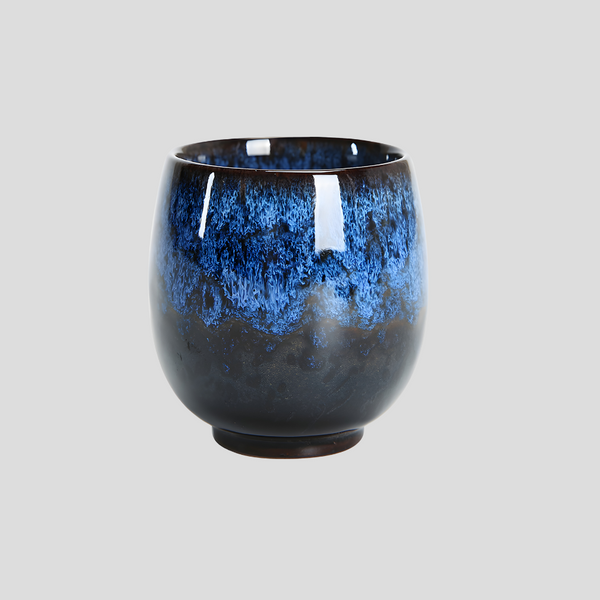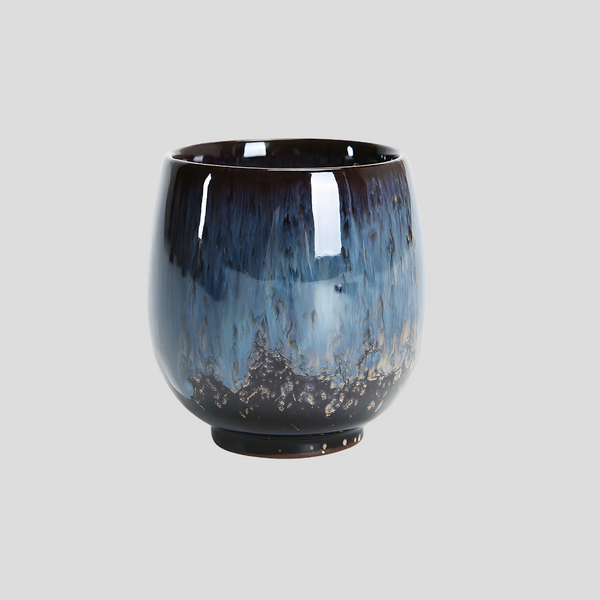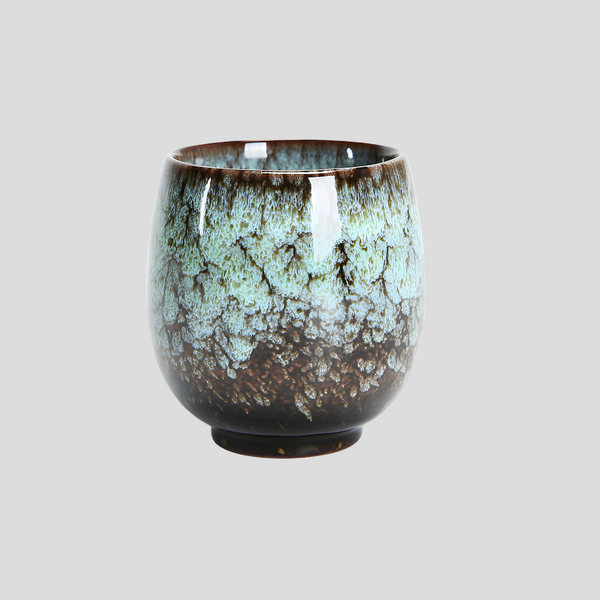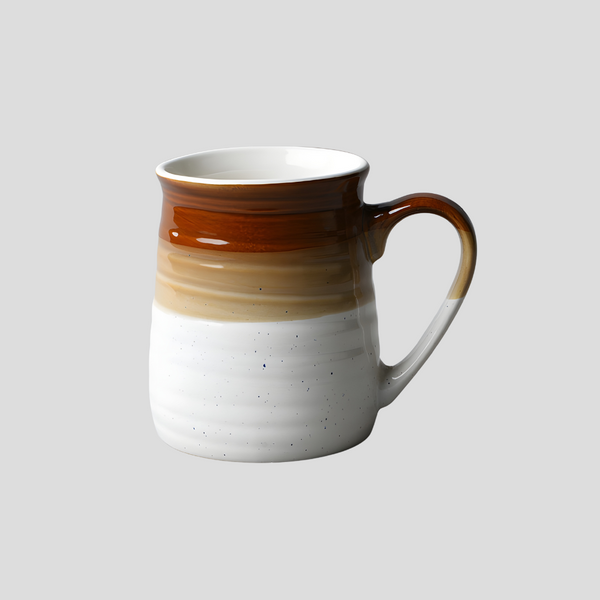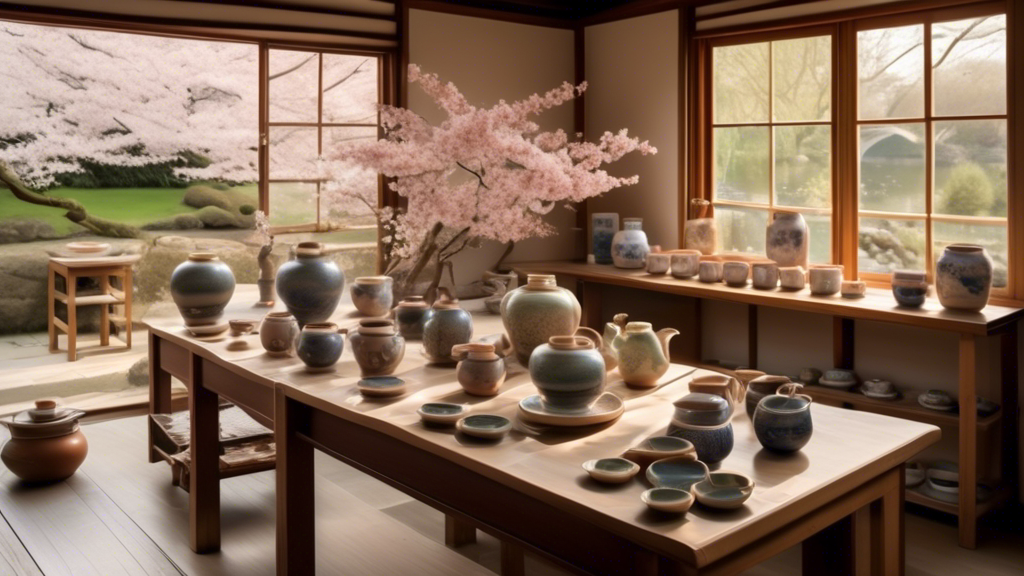
Exploring Thames Ceramics: A Glimpse into Japan's Artistry
Amid the rich tapestry of Japan's cultural heritage, Thames ceramics emerge as a fascinating element, offering a unique perspective on the country's artistry. This artistic tradition, though less known globally, carries with it centuries of history, reflecting the aesthetic sensibilities and craftsmanship of Japan's artisans. Through exploring Thames ceramics, one gains not just an insight into beautiful art forms, but also an understanding of Japanese culture and the meticulous attention to detail that characterizes much of its art and craft. The term Thames ceramics might initially puzzle those more familiar with the prominent styles of Kintsugi, Raku, or Arita porcelain. It’s important to clarify that, unlike these well-documented styles, Thames ceramics do not have a direct lineage or origin in Japan. The name could be a misinterpretation or a fusion concept, blending influences or themes from traditional Japanese ceramics with other cultural or artistic ideas. This blend creates unique pieces that, while not directly rooted in Japanese tradition, evoke its sensibility and aesthetic preferences. What makes Thames ceramics resonate with the essence of Japanese artistry is the focus on minimalist beauty, natural motifs, and an embrace of imperfection, aligning with the Japanese philosophy of wabi-sabi. This philosophy finds beauty in the transient and imperfect aspects of life, a theme prevalent in many traditional Japanese ceramics. Thames ceramics often feature subdued color palettes, elegant designs, and an appreciation for the subtle textures and forms found in nature. In the realm of art and design, Thames ceramics serve as a bridge, connecting the admirers and practitioners of Japanese art with wider global influences. They are a testament to the universal appeal of certain aesthetic principles that transcend cultural and geographical boundaries. Through exhibitions, workshops, and collaborations, Thames ceramics encourage cross-cultural appreciation and understanding, highlighting the pervasive influence of Japanese artistry on global design. The continued appeal of Thames ceramics speaks volumes about the contemporary relevance of traditional aesthetics in the modern world. In an age dominated by mass production and digital technology, these ceramics remind us of the value of craftsmanship, the beauty of simplicity, and the importance of maintaining a connection with traditional art forms. They provide a tranquil counterpoint to the frenetic pace of modern life, inviting reflection and a deeper appreciation for the nuances of artistic expression. While Thames ceramics may not belong to a specific strand of traditional Japanese ceramic art, they encapsulate key aspects of Japan's aesthetic sensibilities and artistry. In their quiet beauty and subtle complexity, they offer a window into the enduring allure of Japanese design principles, bridging cultures and eras. By exploring Thames ceramics, one can embark on a journey of artistic discovery, appreciating the ways in which these creations mirror the philosophies, values, and skills that have shaped Japanese art for centuries.Exploring Thames Ceramics: A Glimpse into Japan's Artistry
The Origins of Thames Ceramics
Artistic Characteristics
Cultural Impact and Appreciation
Contemporary Relevance
Conclusion
